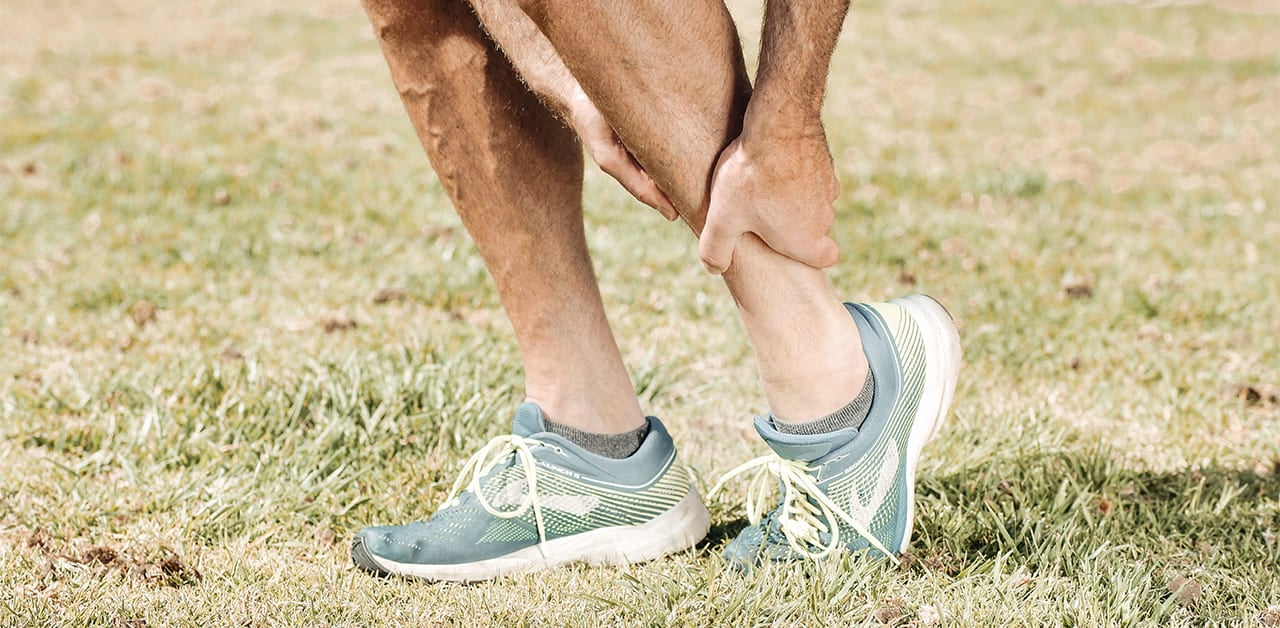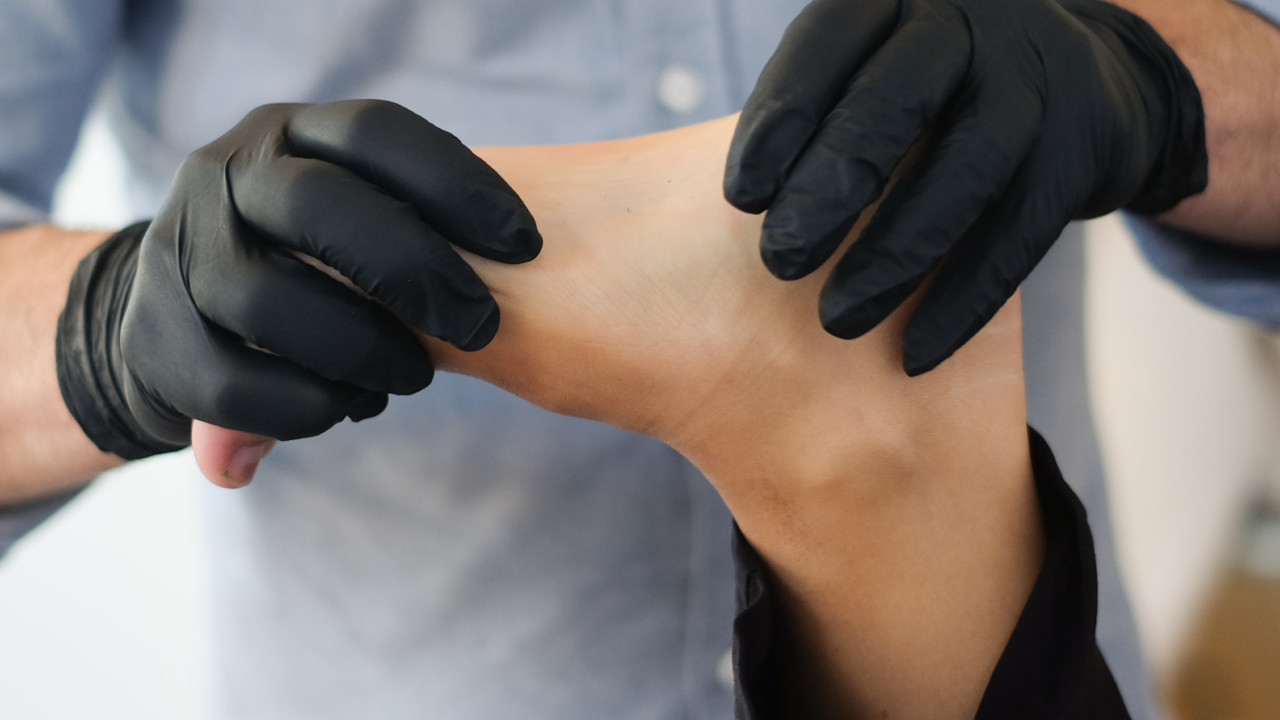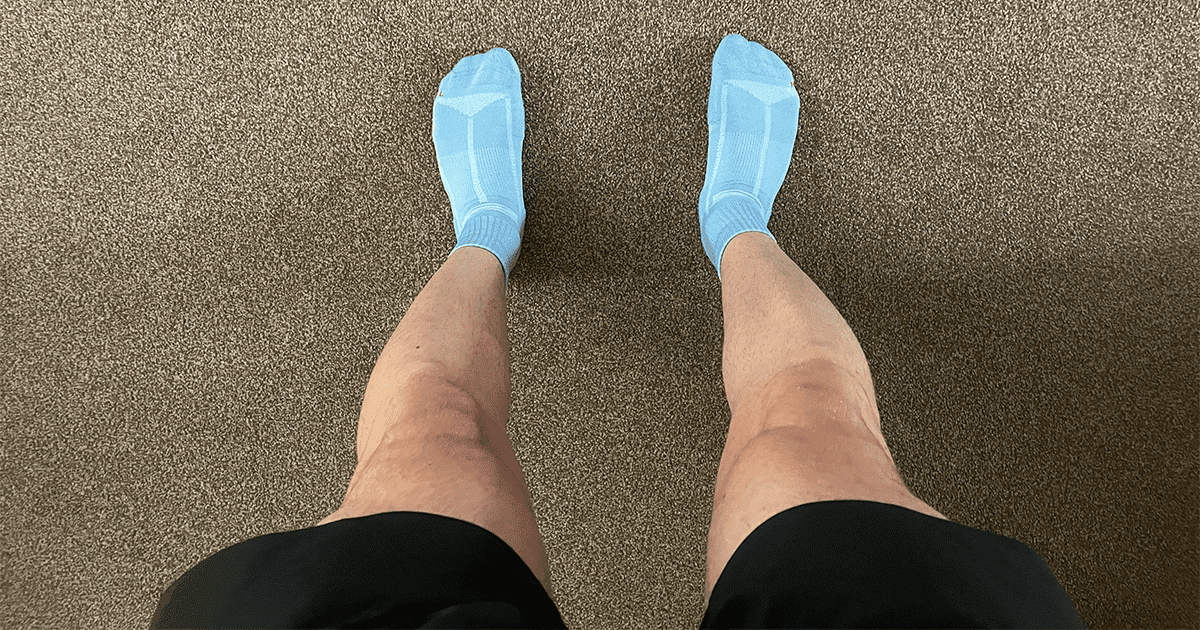How to return to running after injury: the right way
Return to running after injury the right way and not only return much sooner, but reduce your risk of future injury, too.
 Returning to running after injury is one of the most difficult obstacles we face as athletes. Sure, while we do our best to avoid injuries, sometimes they’re unavoidable. When injury strikes, your whole world is turned upside down. This is true for athletes all over the world, whether you run a handful of times a week, run to de-stress, or perhaps you’re an elite athlete.
Returning to running after injury is one of the most difficult obstacles we face as athletes. Sure, while we do our best to avoid injuries, sometimes they’re unavoidable. When injury strikes, your whole world is turned upside down. This is true for athletes all over the world, whether you run a handful of times a week, run to de-stress, or perhaps you’re an elite athlete.
While we all experience and deal with running injuries differently, we also all share similar thoughts and feelings. For example, paired with your injury you may lose motivation, give up on your goals, or worse, lose all belief in your injury getting better. For some runners, this is true. For others, it’s just another obstacle between you and your next outing, which fingers crossed, is hopefully soon.
In this article, we will discuss everything you need to know when it comes to returning to running after an injury. However, unlike other articles out there, we’re going to dive into the specifics, helping you get your training back on track, the right way.
[lwptoc numeration=”none” skipHeadingLevel=”h1,h3,h4,h5,h6″]Understanding your running injury and receiving the right support
 To begin with, it’s important to know what your injury is and how to fix this. While this may seem straightforward, for some, it can be challenging to find answers. Upon discovering what you think might be an injury (or the point just before an injury), you should see a physio or sports doctor.
To begin with, it’s important to know what your injury is and how to fix this. While this may seem straightforward, for some, it can be challenging to find answers. Upon discovering what you think might be an injury (or the point just before an injury), you should see a physio or sports doctor.
Depending on the injury, a physio might be able to diagnose this without an x-ray, MRI, or other scans. This is usually the case, with athletes given an abundance of exercises to work on to return to the sport. Occasionally though, scans may be required. If nothing is showing up from a regular diagnosis, you should push for an x-ray at the very least.
The better you and your physio (or sports doctor) understand your injury, the easier it is to treat. Most running injuries require stretching, time off from running, and various rehab exercises to treat muscular imbalances. This is the standard treatment prescribed to most athletes and runners with an injury.
If you’re struggling mentally, whether you’re feeling depressed, anxious, or are beginning to lose hope surrounding your return to sport, consider speaking to a sports psychologist, too. We appreciate that this can be difficult to do, so if not, consider speaking openly with a close friend or family member
It’s important to take care of yourself mentally as well as physically during a running (or other sport) injury. It’s a tough time, so be kind to yourself.
Walk before you can run to return to running after injury
 Far too often, many runners skip the walking stage before returning to running. However, walking before running is essential. While cross-training builds up and helps you maintain your aerobic endurance, walking stresses the musculoskeletal system, providing load on your bones and joints. This is required after an injury to allow the body to adjust to the demands of running again.
Far too often, many runners skip the walking stage before returning to running. However, walking before running is essential. While cross-training builds up and helps you maintain your aerobic endurance, walking stresses the musculoskeletal system, providing load on your bones and joints. This is required after an injury to allow the body to adjust to the demands of running again.
Running too soon without allowing your muscles, bones, joints and ligaments the time to adapt may not only decrease the time it takes for you to return, but will likely increase your risk of further injury or aggravation of your existing injury. You should be able to walk pain-free before running – if not, then you’re not ready to run.
Once you can walk without pain, begin to test yourself: walk up steeper climbs, go on hikes, walk over rough terrain, and increase the distance and time gradually. If this is comfortable, you can begin the running process. Now, before you jump straight into a twenty or thirty minute run, you need to take it slow. We recommend run and walk intervals, allowing your body the time to adapt. For example, a great session would be 10×1 minutes of light jogging followed by 1 minute of rest between each interval. Remember: this likely won’t be difficult aerobically, it’s all about the musculoskeletal adaptions.
Begin combining short running intervals with walking until you can comfortably do thirty to forty minutes. Over time, you can reduce the walking period and increase the amount of time running. Moreover, we do not recommend running for any longer than thirty to forty minutes per run. Instead, add more volume throughout the week with more runs and walks.
Although you may feel slow, it’s important to leave your ego at the door. Much like you slow down on your long run and stick to the lower HR zones, you need to dial back the pace to see the benefits. It’s all about patience and having belief in your body. This can be difficult but believe in the process and it will all be worth it!
Strength training and rehab exercises are essential to your recovery
 Often, the reason why some of us are more prone to injury than others is due to muscular imbalances. Most athletes have these. However, the more well-rounded you are, the less likely you are to pick up an injury. Therefore, you should incorporate strength training into your training (while injured and regularly) to help you recover from your injury.
Often, the reason why some of us are more prone to injury than others is due to muscular imbalances. Most athletes have these. However, the more well-rounded you are, the less likely you are to pick up an injury. Therefore, you should incorporate strength training into your training (while injured and regularly) to help you recover from your injury.
Use this time to become an overall stronger, less injury-prone athlete. Furthermore, while you may be able to return to running after injury without strength training, you are more likely to become re-injured later on. Think of it like this: if you were to puncture your tyre while on a bike and didn’t remove the thorn or piece of glass, although you re-inflated the tyre and got a little further down the road, chances are, you’re going to puncture again. The same applies to running: you need to fix the problem or you’ll become injured again much sooner!
Most physios and sports doctors will provide you with various rehab and strength training exercises. It’s important to do these, as often, we have a tendency to stop once we don’t see results (perhaps one to two weeks into the rehab schedule). However, all too often, providing injured runners and athletes with too many exercises is not effective. Therefore, you should focus on the basic exercises to do with your injury, combined with regular running-related strength training exercises.
Sticking to a program, for example, two strength training sessions a week and the basic rehab exercises every day is crucial. This will allow you to build up strength to prevent these muscular imbalances. Not only will this make your return to running after injury quicker, but it will reduce your risk of picking up an injury in the future.
Slow and steady is the way to go
When returning to running after an injury, we cannot stress the importance of slowing it down. Whether you were a regular five-minute miler or less, you should be running at a pace much, much slower, more like a ten minute per mile jog. And yes, you may feel super slow and sluggish, but your body needs the time to adapt!
Listen to your body throughout the injury process – your body and mind is your best tool. If something doesn’t feel quite right, ease off. If you feel great, maybe add an extra run/walk session later in the week. Only you know how your body reacts, so be your biggest supporter and take care of yourself throughout the recovery process.
Re-build your fitness/maintain through cross-training
Throughout the injury process, and once you begin running again, you should ideally be cross-training. These can be various activities, whether cycling, rowing, swimming or even attending a group spin class. However, whatever form of exercise you choose, ensure this does not aggravate your injury further. This will only slow down your delay to running.
The purpose of cross-training is to maintain your aerobic fitness. As you’ll be running and walking much slower, it’s important to sustain your aerobic fitness. In fact, you may even make aerobic improvements. Despite this, most of your efforts should lie within recovery, strength training, and rehab exercise. These take top priority – but you already knew that!
Learn from your running injury and grow as a runner and a person
 Although injuries are the worst, they do provide us with the opportunity to learn and grow not only as a runner, but as a person. For example, you may notice just how important strength training is, gain mental resilience you never knew you had, or perhaps find joy in other forms of cross-training, such as cycling.
Although injuries are the worst, they do provide us with the opportunity to learn and grow not only as a runner, but as a person. For example, you may notice just how important strength training is, gain mental resilience you never knew you had, or perhaps find joy in other forms of cross-training, such as cycling.
Also, injuries allow you to learn more about your body. For example, if you know you have a weak hamstring, you can now take greater care of this muscle to prevent injury in the future. You can implement your rehab routine into your regular training, taking the form of “pre-hab.” Perform these exercises a handful of times a week to keep injury at bay. This is also another mistake we see many people make: once they are no longer injured, they ditch the rehab exercises and run into the unknown. However, the rehab exercises are what make you stronger and reduce your risk of injury – so don’t stop doing them just because you can run again!
Be kind to your body, be kind to yourself, and trust the process – chances are, you won’t be injured forever.

Matthew is a lifelong runner, chief tester of all products, the founder of Running101, and freelance content writer for active brands. When he’s not writing, he enjoys lifting weights, cycling in the Lake District, and watching fast cars drive in circles on a Sunday. He also has a BA in sport, exercise and physical activity from the University of Durham.




